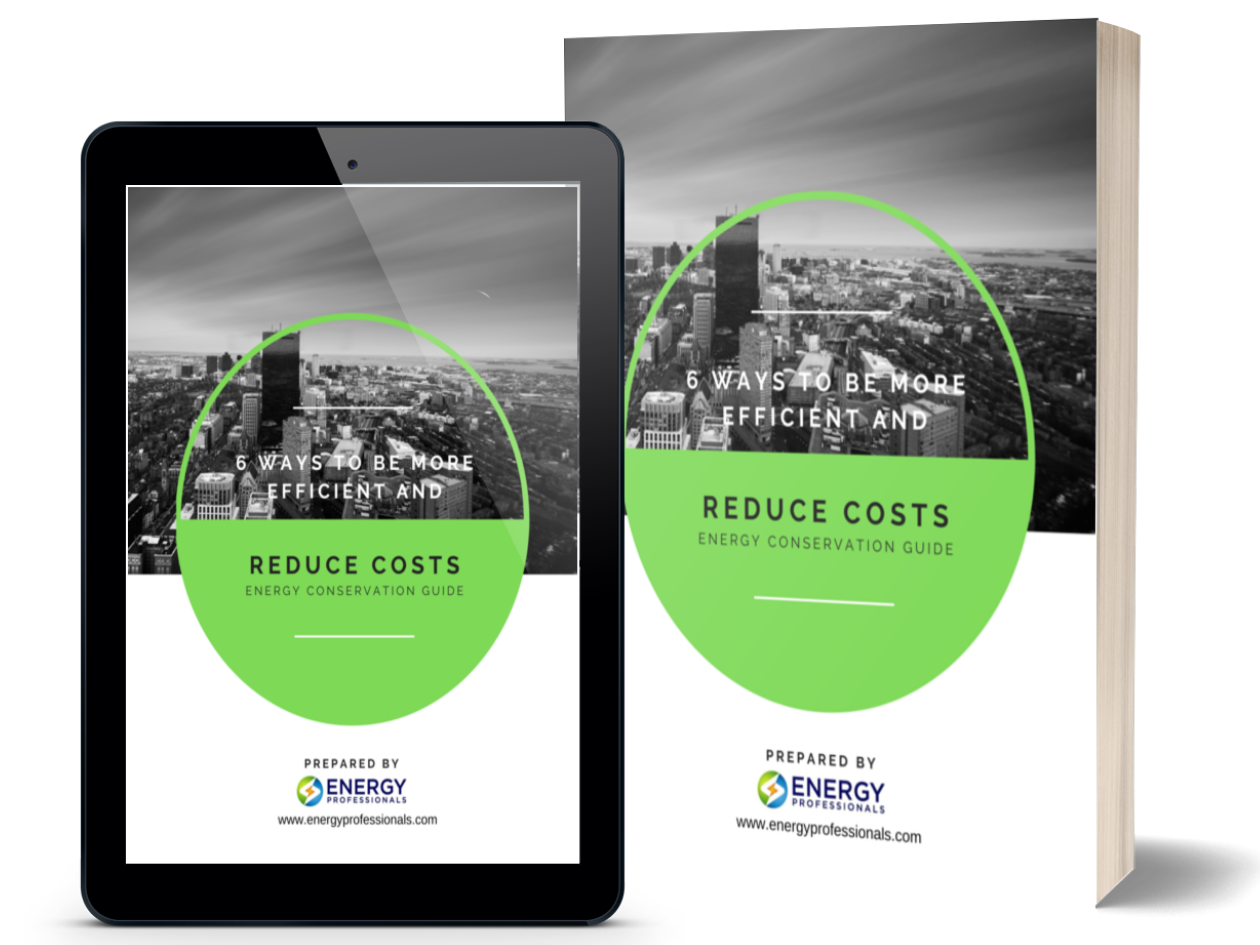U.S. Electricity Market Update – 2025 Mid-Year Report
U.S. Electricity Market Update – July 2025 Mid-Year Report: Rising Prices, Volatility, and What Businesses Can Do Electricity prices across

U.S. Electricity Market Update – July 2025 Mid-Year Report: Rising Prices, Volatility, and What Businesses Can Do Electricity prices across
Electricity prices across the U.S. continue to rise in 2025, outpacing inflation and leaving many businesses facing higher operating costs.
Driven by increased demand, natural gas volatility, and record-high capacity charges in major power grids like PJM, energy markets are more unpredictable than ever.
In this mid-year update, we break down current electricity and natural gas price trends, the wholesale outlook, and what it all means for commercial customers, especially those in deregulated states who have the opportunity to lock in competitive rates and avoid future spikes.
Summary: Since 2020, electricity prices have risen significantly faster than inflation, reflecting sustained upward pressure in both retail rates and broader energy costs.
Most Americans are seeing higher electricity bills in 2025, driven by rising utility rate requests (nearly $29 billion in 2025 vs the prior year) to fund grid upgrades and resilience improvements. (1)
From May 2024 to May 2025, the national average residential electricity price rose ~6.5%, from 16.41¢ to 17.47¢/kWh. (1, 2)
In June 2025 alone, prices were 6.7% higher than June 2024, which is more than double U.S. inflation over that period. (1)
Retail electricity prices have been increasing at nearly 6.8% per year from 2020 to 2024, well above U.S. consumer inflation (~4.9%).
The EIA projects a 13% nominal increase in average retail electricity prices between 2022 and 2025, with continued outpacing of inflation through 2026. (1, 2)
In the first half of 2025, U.S. wholesale electricity prices jumped approximately 40% year-over-year, averaging around $48/MWh, though this is coming off a relatively low base in 2024 (IEA).
According to the EIA, the national average for 2025 is expected to hover around $40/MWh, about 7% higher than in 2024, with regional variation (Reuters):
In California and the Southwest, prices are forecasted to be 30–35% higher due to demand surges, limited transmission capacity, and reliance on natural gas generation (IEA).
Texas has seen steadier prices overall due to solar generation growth, but it still experienced real-time price spikes over $127/MWh during a heatwave in May (EIA).
In New York (NYISO), wholesale electricity prices are up roughly 13–20% compared to 2024, with congestion in zones like NYC and Long Island pushing prices even higher (NYISO).
In Ohio, Illinois, and Pennsylvania, part of the PJM Interconnection, prices are being affected by record-high capacity charges, which are increasing by over 800% starting in July 2025. These capacity charges are expected to sharply impact retail electricity supply rates across the region.
Other PJM states—like New Jersey, Maryland, and Delaware—are seeing similar pricing adjustments in forward contracts as retail suppliers prepare for higher capacity costs.
In ISO-NE (New England), wholesale rates have risen by 15–20%, especially in Connecticut and Massachusetts, driven by fuel limitations and regional peak demand.
Looking ahead, 2026 wholesale prices may stabilize near 2025 levels, provided there are no major supply chain shocks or severe weather events (Energywise Solutions, IEA).
* Volatility is still a significant concern. For example, ERCOT in Texas saw real-time market prices surge past $127/MWh during a May heatwave (EIA). In deregulated markets, retail suppliers may hedge or pass through these wholesale costs, meaning customers on short-term or indexed plans could be exposed to rate increases or pricing “steps” when renewing contracts.
Natural gas accounts for roughly 40% of U.S. power generation. When gas prices rise, so do electricity costs, according to the IEA.
EIA projects natural gas prices around $3.37/MMBtu in 2025, a 24% increase versus 2024, directly boosting generation costs, Reuters.
Weather anomalies, from heatwaves to cold spells or hurricanes, push gas demand (for heating/cooling), tighten supply, and exacerbate price spikes. (U.S. Energy Information Administration).
Higher retail bills: Rising wholesale and gas prices, plus utility requests to fund aging grid infrastructure, are driving retail rate hikes across much of the U.S., TIME, Energy Markets & Policy.
Greater volatility risk: Customers in deregulated states on variable or short‑term plans can be exposed to price spikes tied to wholesale markets.
Regional differences matter: Areas with already high prices (e.g., New England, Pacific/Middle Atlantic) likely face even larger increases than lower‑price regions, U.S. Energy Information Administration.
| Market Segment | Trend & Forecast |
|---|---|
| Retail prices | Continuing upward—projected 13% increase between 2022–25, still above inflation through 2026 (U.S. Energy Information Administration) |
| Wholesale prices | Up ~7% in 2025; future stabilization expected barring supply or demand shocks (IEA, Energywise Solutions) |
| Natural gas prices | Elevated in 2025 (~24% higher), expected to remain volatile and influential |
| Demand drivers | Data centers/AI, electrification, extreme weather surges pushing consumption higher (Reuters) |
Electricity prices have risen sharply since 2020, outpacing inflation (about 6.8% vs ~4.9% annually).
Wholesale power prices surged ~40% y‑o‑y in early 2025, with projections showing a modest rise year‑over‑year.
Natural gas price volatility remains a core driver of electricity cost increases.
Customers face rising bills and risk, but those in deregulated regions can shop and switch to more stable, competitive plans to help moderate their exposure.
If you’re located in a deregulated electricity market, you don’t have to accept rising energy costs as inevitable. At Energy Professionals, we help businesses across the U.S. secure competitive fixed-rate electricity contracts that protect against market volatility and future price increases.
We work with commercial and industrial clients in Texas, Ohio, Pennsylvania, Illinois, New York, New Jersey, Maryland, Connecticut, Massachusetts, Delaware, and other deregulated states—guiding them through the complex energy landscape to find the best rate and contract terms from trusted retail suppliers.
Our team monitors market trends, capacity charges, and natural gas forecasts to help our clients lock in pricing at the most strategic time. Whether your current contract is expiring or you’re unsure of your rate structure, we can conduct a no-cost evaluation to identify savings opportunities and help you avoid costly surprises.
Contact one of our professional Energy Consultants to check what rates are available in your area to avoid increased costs, and see how we can help protect your business from rising electricity prices in 2025 and beyond.


Don't have one? You can get one by calling us at 855-4-PKIOSK.
Energy Professionals is committed to finding its customers the best possible rates on electricity and natural gas. Tell us your location and service type and our energy manager will connect you to the most competitive offers.
Switching to an alternate supplier is easy. There is no chance of service disruption, and you'll continue with your current utility for energy delivery and emergency service. Take a few minutes to discover your best offers, and enjoy the benefits of retail energy in your home or business.
1. Energy Type
2. Service Type
3. Zip Code
4.Local Company
5.Zone
We believe that knowledge is power. Here’s a free e-book that provides business solutions to reducing energy costs.
Download E-Book Free Energy Audit




